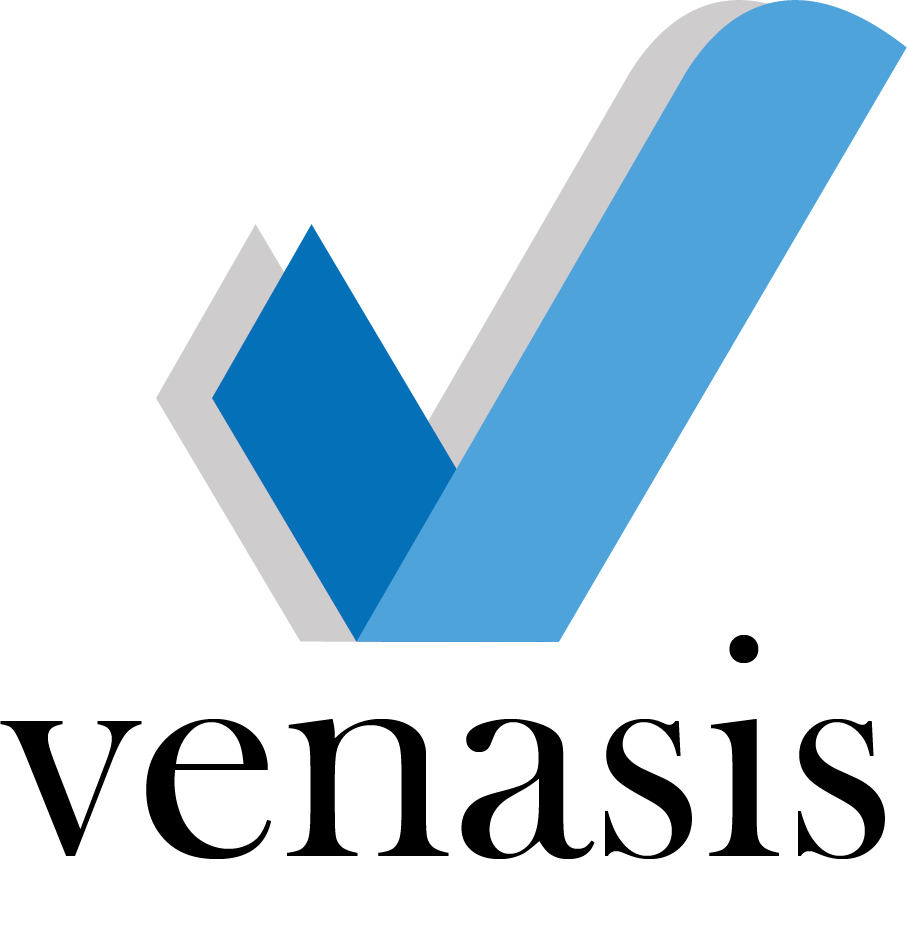Content
Identify trade breaks and mismatches on T-zero via our flexible exception-based matching engine that automates reconciliations in real-time, providing full transparency of trade status to ensure accurate booking. Global stock derivatives are also seen to be a leading indicator of future trends of common stock values. There are pros and cons to both OTC and exchange-traded derivatives that impact which is most suitable for a particular organization. If you are unsure which one best fits your needs, enlist the help of an advisor to assist in making this determination. Most investors are reassured by the standardization and regulatory oversight offered by centralized exchanges. No part of this https://www.xcritical.com/ material may be copied, photocopied or duplicated in any form by any means or redistributed without the prior written consent of StoneX Group Inc.
Please complete the form and submit your request. We will be in touch shortly.
The Exchange Traded Derivatives (ETD) module of Oracle Banking Treasury Management is an automated and flexible back-office system with the capability to process exchange-traded derivative instruments such as Options and Futures. Only members of the exchange are allowed to transact on Decentralized finance the exchange and only after they pass the exchange’s requirements to be a member. These may include financial assessments of the member, regulatory compliance and other requirements designed to protect the integrity of the exchange and the other members, as well as to ensure the stability of the market. Arbitrageurs are therefore, an important part of the derivative markets as they ensure that the relationships between certain assets are kept in check. As the market’s needs have developed, more types of swaps have appeared, such as credit default swaps, inflation swaps and total return swaps. However, he/she needs to have a Non-Resident External (NRE) bank account and a Repatriable Demat account.
Exhibit 1: Different models of trading in derivatives markets
The margin etd meaning maintenance module offersyou the flexibility of netting all settlements for a counterparty (Brokeror Portfolio Customer). The information about ETD prices and volumes is public, which means a high level of transparency that facilitates market efficiency. Automating the cash-flow-processing challenge with a standard workflow and matching engine, to reduce risks and deliver transparency. The OTC derivative market comprises of informal participants, the backbone of typical dealer banks such as JP Morgan Chase.

What Information Does a Derivative Contract Include?
- The forward price of such a contract is commonly contrasted with the spot price, which is the price at which the asset changes hands on the spot date.
- They’re often used by financial institutions to hedge long positions held in the underlying security.
- They are traded over the counter, because of the need for swaps contracts to be customizable to suit the needs and requirements of both parties involved.
- Index options are options in which the underlying asset is a stock index; the Cboe currently offers options on the S&P 500 and 100 indices, the Dow Jones, FTSE 100, Russell 2000, and the Nasdaq 100.
- Another defining characteristic of exchange-traded derivatives is their mark-to-market feature, wherein gains and losses on every derivative contract are calculated on a daily basis.
This information is not a recommendation to trade nor investment research or an offer to buy or sell any derivative or security. It does not take into account your particular investment objectives, financial situation or needs and does not create a binding obligation on any of the StoneX Group Inc. of companies to enter into any transaction with you. You are advised to perform an independent investigation of any transaction to determine whether any transaction is suitable for you. As part of StoneX Group Inc., a NASDAQ-listed, Fortune 100 company, we leverage our financial strength to ensure that your funds are secure and that we can meet your needs as your strategy evolves and your business grows. As a regulated futures brokers in the United States, UK, EU, Singapore, Australia, Argentina and other countries around the globe, we handled 129 million exchange-traded contracts in 2019.
This reduces much of the counterparty credit risk present in an OTC derivative transaction. Futures contracts are standardized contracts that allow the holder of the contract to buy or sell the respective underlying asset at an agreed price on a specific date. The parties involved in a futures contract not only possess the right but also are under the obligation to carry out the contract as agreed.
Nonetheless, the market for OTC derivatives is decentralised and less transparent than the ETDs’. This makes it hard to get comprehensive price information and might result in lower liquidity. From trade notifications to allocations, reconciliation to compression, OSTTRA connects a global network of banks, clients, exchanges and CCPs to simplify ETD post-trade processing, reconcile portfolios and optimise risk and capital allocation. Intrinsic to simplifying and standardising Exchange Traded Derivatives processing – post-trade. Derivatives can trade on organized exchanges like the New York Stock Exchange or the Chicago Board of Trade (CBOT) or trade over-the-counter (OTC). Increasingly, there is less distinction between exchange-traded and OTC markets as exchanges move towards fully electronic systems.

Tamta’s writing is both professional and relatable, ensuring her readers gain valuable insight and knowledge. The intermediate party, the clearinghouse, will act as an intermediary and assume the financial risk of their clients. By doing so, it effectively reduces counterparty credit risk for transacting parties.
“We will see changes to clearly define them as securities and/or commodities so regulators will have more statutory authority to demand more transparency in reporting, and so on,” he says. Eurodollar contracts on exchanges used to be only three to six months, but now they can go out as much as 10 years, showing the innovation and flexibility coming into the exchange-traded market. From an institutional investor perspective, the solid performance of the exchanges throughout the crisis and the resulting closing of the pricing gap between exchanges and derivatives sold over the counter are probably the biggest draws. On-exchange derivatives (also known as exchange-traded products or ETPs) are traded on an exchange, while over the counter (OTC) derivatives aren’t. After some thought, you decide to use CFDs to take out a longer-term position predicting what the Nasdaq will do in the future – this is called a futures contract.
To maintain these products’ net asset value, these funds’ administrators must employ more sophisticated financial engineering methods than what’s usually required for maintenance of traditional ETFs. Hedging also occurs when an individual or institution buys an asset (such as a commodity, a bond that has coupon payments, a stock that pays dividends, and so on) and sells it using a futures contract. The individual or institution has access to the asset for a specified amount of time, and can then sell it in the future at a specified price according to the futures contract. Of course, this allows the individual or institution the benefit of holding the asset, while reducing the risk that the future selling price will deviate unexpectedly from the market’s current assessment of the future value of the asset.
The components of a firm’s capital structure, e.g., bonds and stock, can also be considered derivatives, more precisely options, with the underlying being the firm’s assets, but this is unusual outside of technical contexts. Derivatives contracts for currencies are widely listed on exchanges for trading, allowing investors to trade long or short on these currency pairs. The over-the-counter market offers many contracts, while the exchange-traded derivatives market focuses on a few popular currency pairs. Standardised agreements are provided for these highly traded pairs, ensuring their liquidity.
Please refer to the Regulatory Disclosure section for entity-specific disclosures. IG International Limited is licensed to conduct investment business and digital asset business by the Bermuda Monetary Authority. So, for each point the Brent Crude price falls, you’d make $100 ($10 multiplied by 10 contracts). Likewise, for every point that the oil price appreciates, you’d make a $100 loss.
While the futures contract specifies a trade taking place in the future, the purpose of the futures exchange is to act as intermediary and mitigate the risk of default by either party in the intervening period. For this reason, the futures exchange requires both parties to put up an initial amount of cash (performance bond), the margin. To mitigate risk and the possibility of default by either party, the product is marked to market on a daily basis whereby the difference between the prior agreed-upon price and the actual daily futures price is settled on a daily basis. This is sometimes known as the variation margin where the futures exchange will draw money out of the losing party’s margin account and put it into the other party’s thus ensuring that the correct daily loss or profit is reflected in the respective account. If the margin account goes below a certain value set by the Exchange, then a margin call is made and the account owner must replenish the margin account. Thus on the delivery date, the amount exchanged is not the specified price on the contract but the spot value (i.e., the original value agreed upon, since any gain or loss has already been previously settled by marking to market).
The biggest derivative exchanges include the CME Group (Chicago Mercantile Exchange and Chicago Board of Trade), the National Stock Exchange of India, and Eurex. Because of the highly standardized nature of futures contracts, it is easy for buyers and sellers to unwind or close out their exposure before the expiration of the contract. Derivatives are financial contracts whose value is linked to the value of an underlying asset. They are complex financial instruments that are used for various purposes, including speculation, hedging and getting access to additional assets or markets. Currency options are options in which the holder can buy or sell currency in the future. Currency options are used by individuals and major businesses to hedge against foreign exchange risk.

